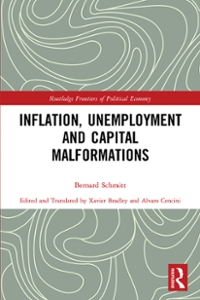Questions on "Sending Potatoes to Idaho? How the Free Market Can Fight Poverty" Background: Markets are an essential part of a growing economy and indeed are a key part of our lives. We use them every time we make a purchase. However, markets are often misunderstood and this article is an interesting take on why this is the case. A key point in this article is a look at a market that eliminates a common objection to how they work. A bit more specifically, economists argue strongly that markets are an excellent means of "allocating scarce resources" (in the words of the article and in class). What this means is that for many items there is more desire than production if it had a price of zero. Think of nice houses, cars, or top- end phones - if they were free then most everyone would want them and there would not be enough to go around. Thus, they are "scarce." Of course, few things have a price of zero and prices are how market- based economies decide who gets what (the "allocating" of goods and services). Those with more desire are more willing to purchase a good and go home with it (or indeed live in it). To give one example, I would like a new suit to replace my old one, but as I don't wear suits very often, I am not willing to spend the dollars it would take to purchase a new one. I also wouldn't mind a really nice car, but again I am not willing to pay the tens of thousands of dollars this would take. But, I am willing to spend more money than some on travel, bikes, and photography. This article does a nice job of describing how markets can do a good job of allocating a scare resource - food donated to food banks that these food banks trade among each other. Questions: 1. When markets produce outcomes that seem unfair (like vastly better housing for the rich than the poor), what factor is involved? How does the market in this article deal with this objection to markets? Also, along these lines, what is the example they give regarding college students selecting courses? 2. What is meant by the term "positive- sum" in this article? What is the context? Where did we see positive- sum before? 3. What happened to food donations when the new system went into effect? 4. Did the movement of food donations between food banks seem to operate more efficiently after the new system went into place? 5. How did prices convey information (a term used in class)? Hint: What happened with the price of pasta relative to that of vegetables







